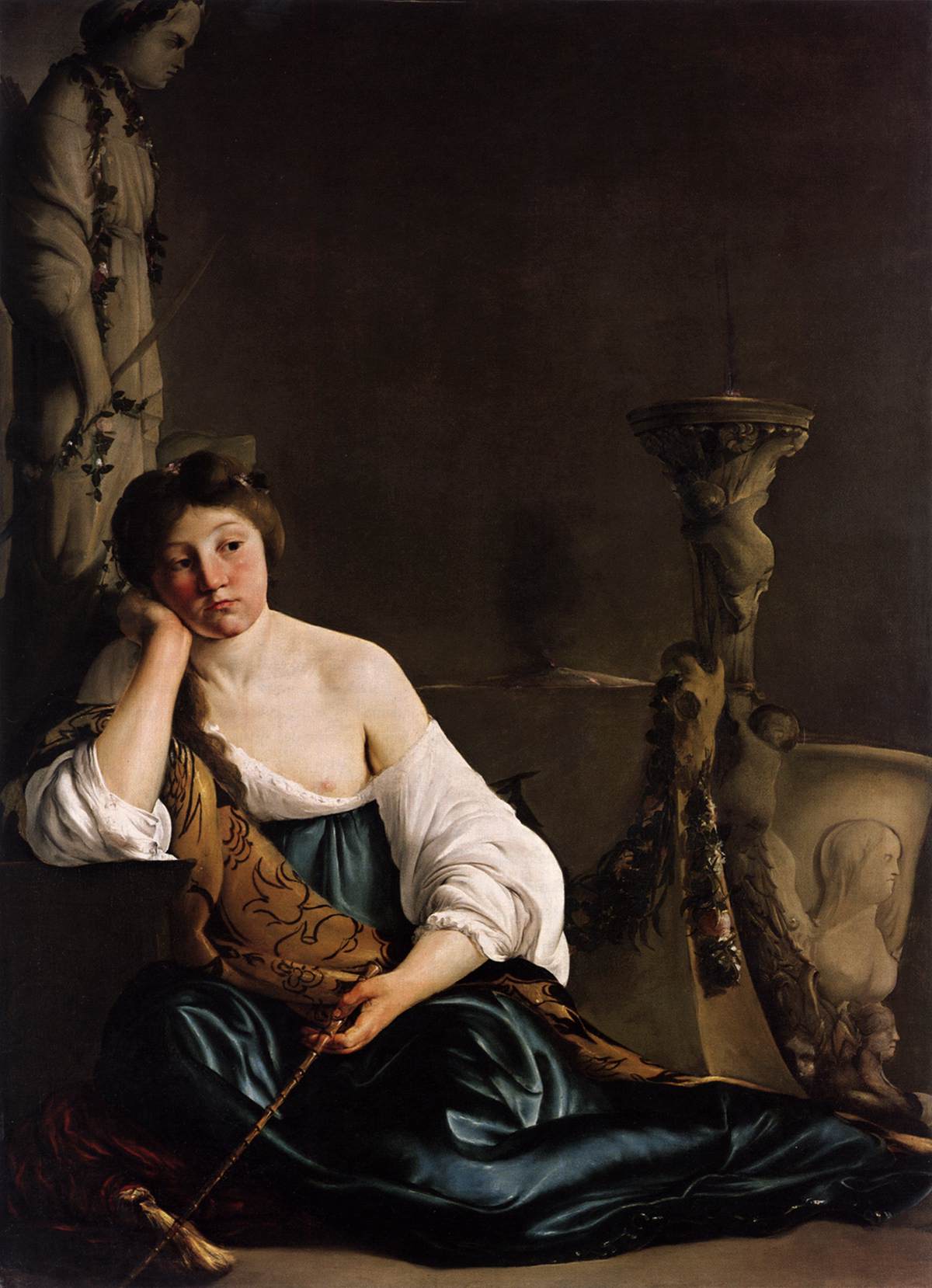Description
The painting "The Disillusioned Medea" by Paulus Bor is a 17th century masterpiece depicting the mythological figure of Medea, the sorceress of ancient Greece. The work is known for its baroque style and its dramatic composition, which shows Medea in a state of confusion and despair.
The painting is of considerable size, with a height of 156 cm and a width of 112 cm. The figure of Medea occupies much of the space in the painting, emphasizing her importance in the story. The composition is dynamic, with a diagonal running across the painting from left to right, giving a sense of movement.
Color is also a prominent aspect of the painting. The palette is rich and vibrant, with warm and cool tones complementing each other. Red and gold are the predominant colors, suggesting Medea's passion and power.
The story behind the painting is equally fascinating. Medea was a controversial figure in Greek mythology, known for her role in the murder of her own children. In Bor's painting, Medea appears to be in a state of shock and sadness, suggesting that she is dealing with the consequences of her actions.
In addition to its artistic style and history, there are other interesting aspects of the painting. For example, the work was stolen during World War II and recovered decades later. The painting is also believed to have been restored several times over the years.
In short, "The Disillusioned Medea" by Paulus Bor is an impressive painting that combines a baroque artistic style with a fascinating story. Its dynamic composition, vibrant palette, and impressive size make it a work that cannot be ignored.

